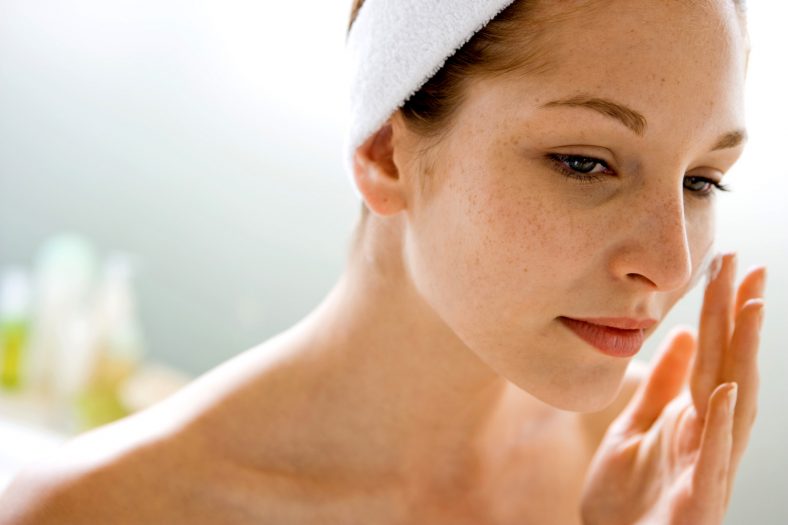
Dark areas that appear on the skin of light-skinned people are reffered to as brown spots or “age spots” a common reported problem amongst women. There are many forms of lentigo (or lentigines), and not all are caused by UV exposure. Radiation therapy can also cause lentigines.
Pollution-related skin damage and lentigo is caused by the chemical reaction that occurs between ozone and exhaust fumes. Ozone is all around us, but when mixed with exhaust fumes and other forms of pollution, ozone oxidises the fats on the surface of our skin that bind our cells together, causing skin inflammation and reducing the ability of our skin to act as a barrier.
This can start the process of premature ageing, and contribute to sunspots.
Another study reported that at another contributing factor is traffic pollution (nitrogen dioxide) levels in the air and the number of cheek lentigines, finding that every addition of 10 units of pollution resulted in 25 per cent more brown spots on the cheeks. The study revealed that other areas of the body were not affected in the same way as cheeks, so for example, more sunspots were not found on the arms.
Can the Brown-Spots be Removed?
There are several methods to remove or fade sunspots. They range from bleaching creams to chemical peels or lasers, with the approach taken depending on your skin type and the severity of the lentigines.
Preventing Lentigo Sunspots
To prevent sunspots, use good quality broad-spectrum sunscreen, and wear protective clothing when exposed to sunlight. Clothing is more effective at protecting against sun-damage than sunscreen.
Methods to Remove Lentigo Sunspots
- Bleaching cream
- Chemical peels
- Alpha hydroxy acids
- Cryotherapy
- Intense pulsed light
- Pigment lasers
Harmful effects of pollution on your skin can be curbed to great extent by minimizing pollution & taking preventive measures.